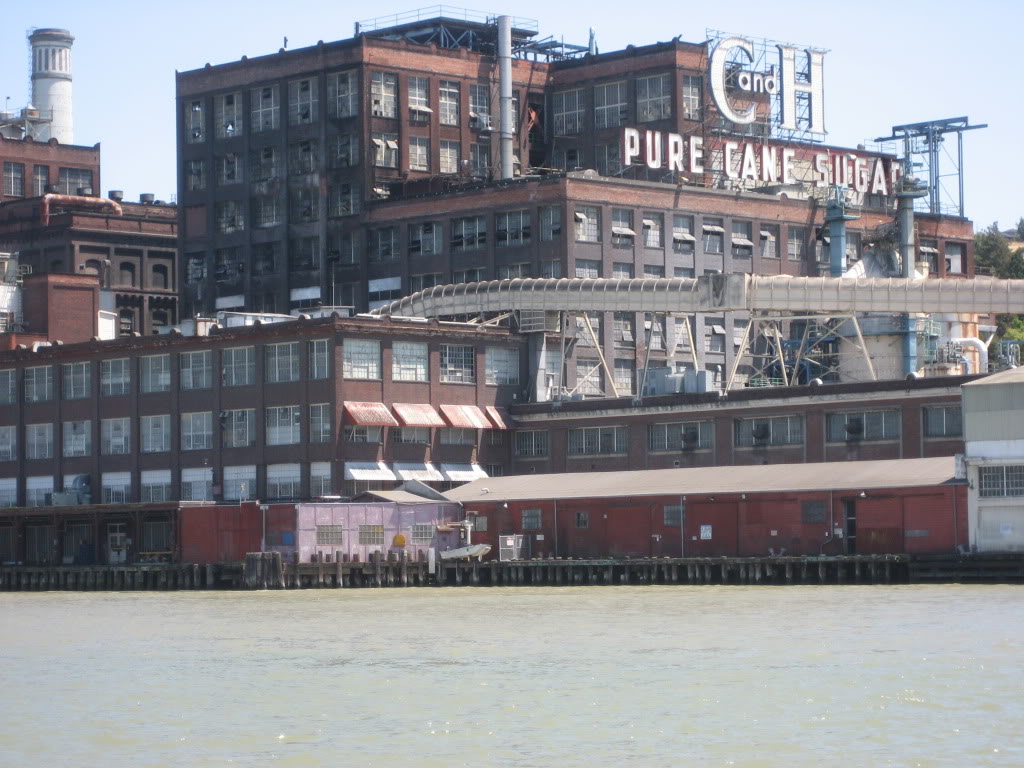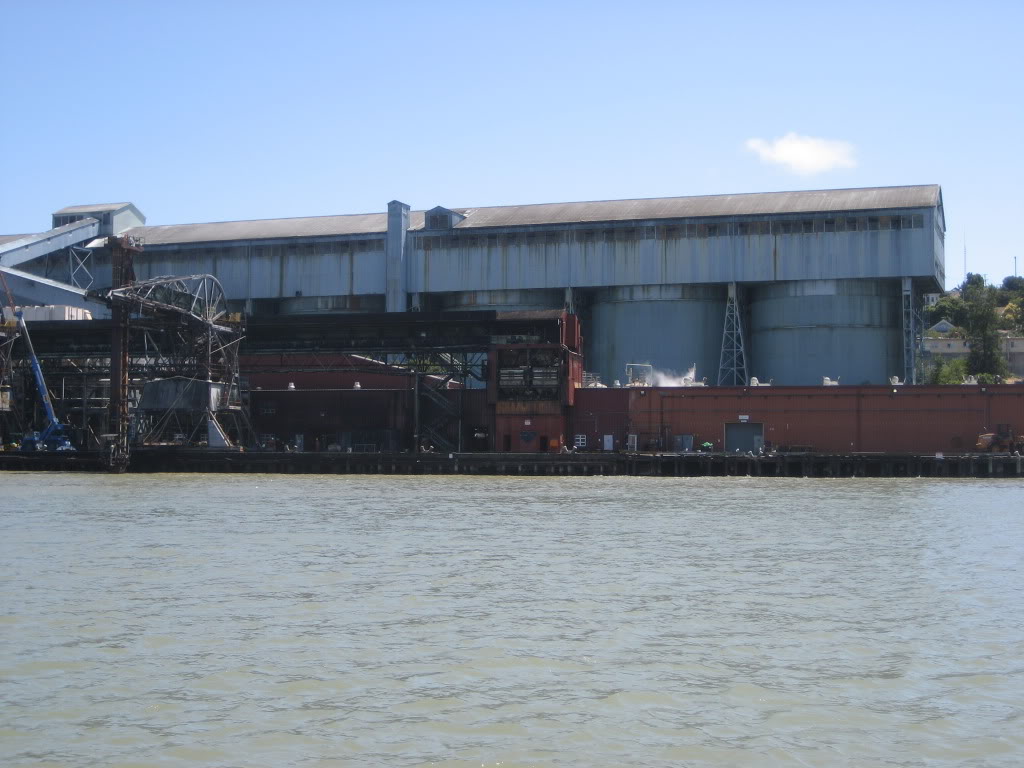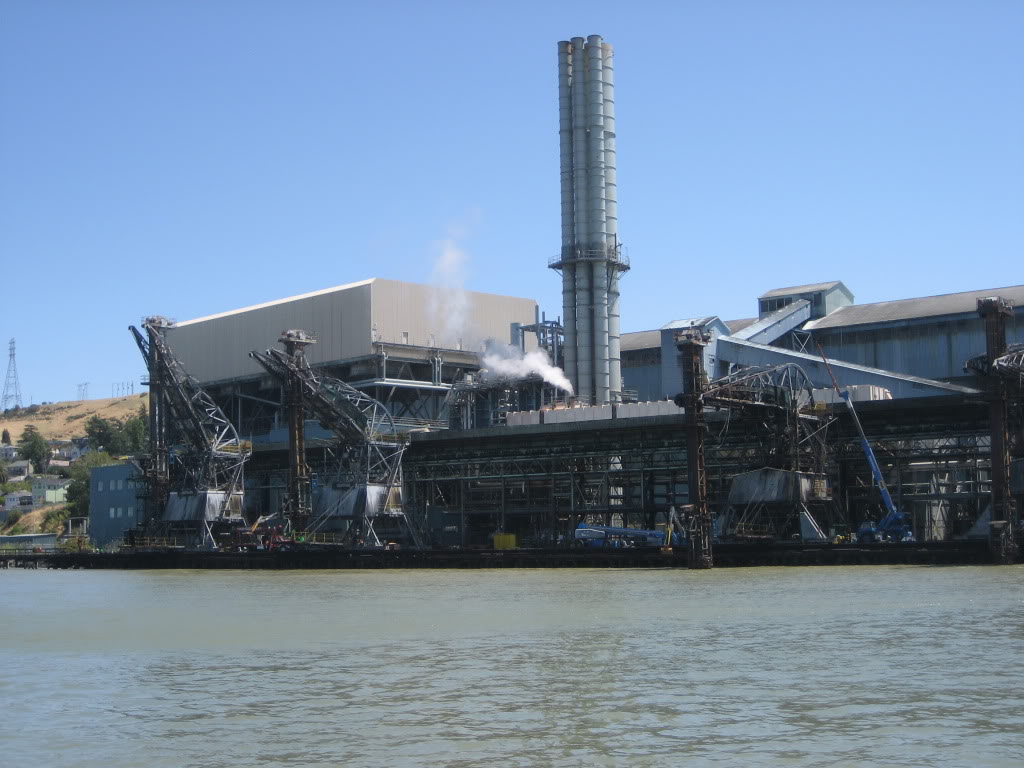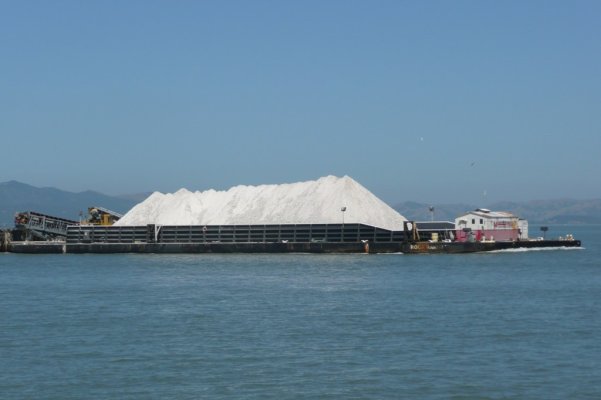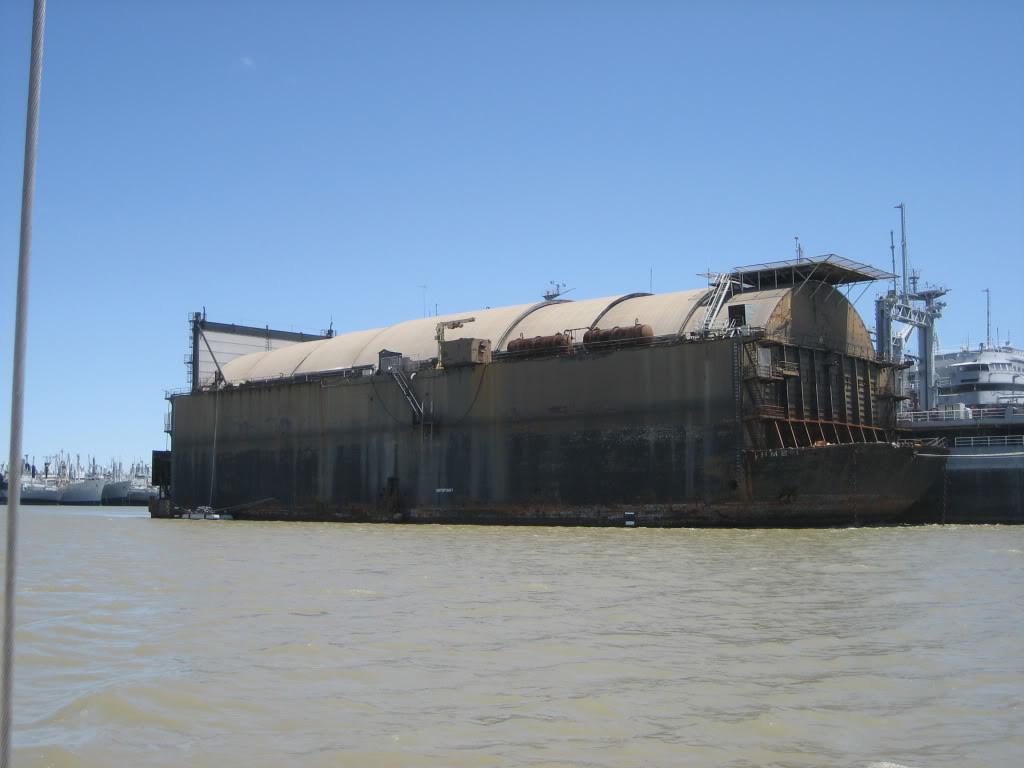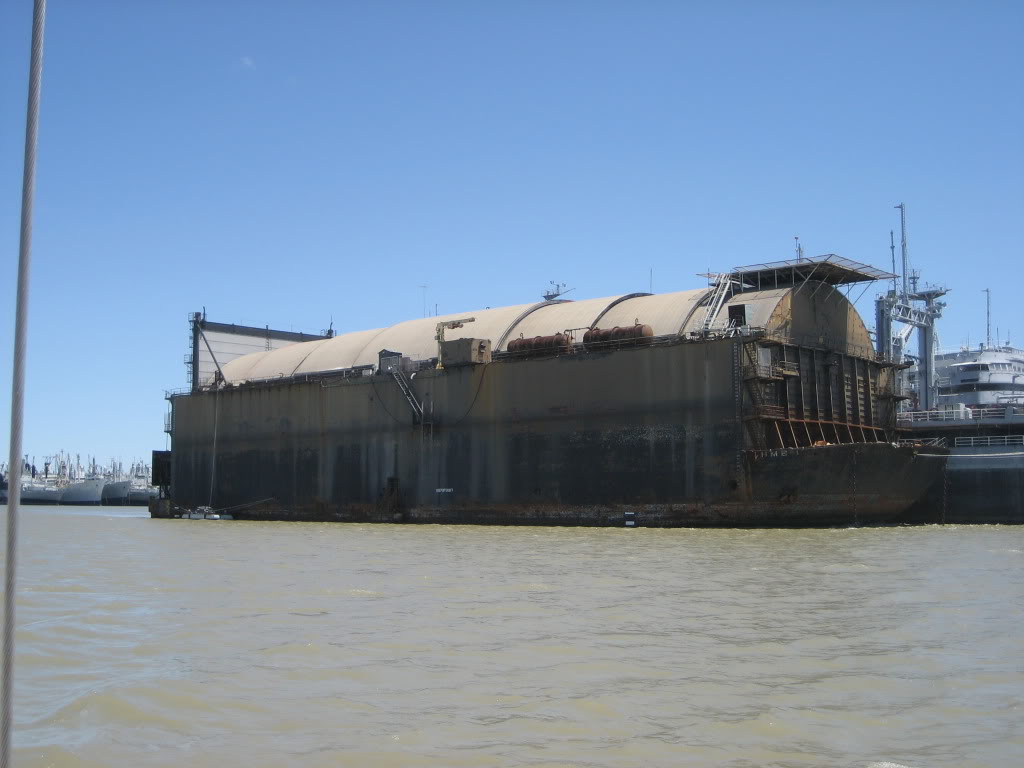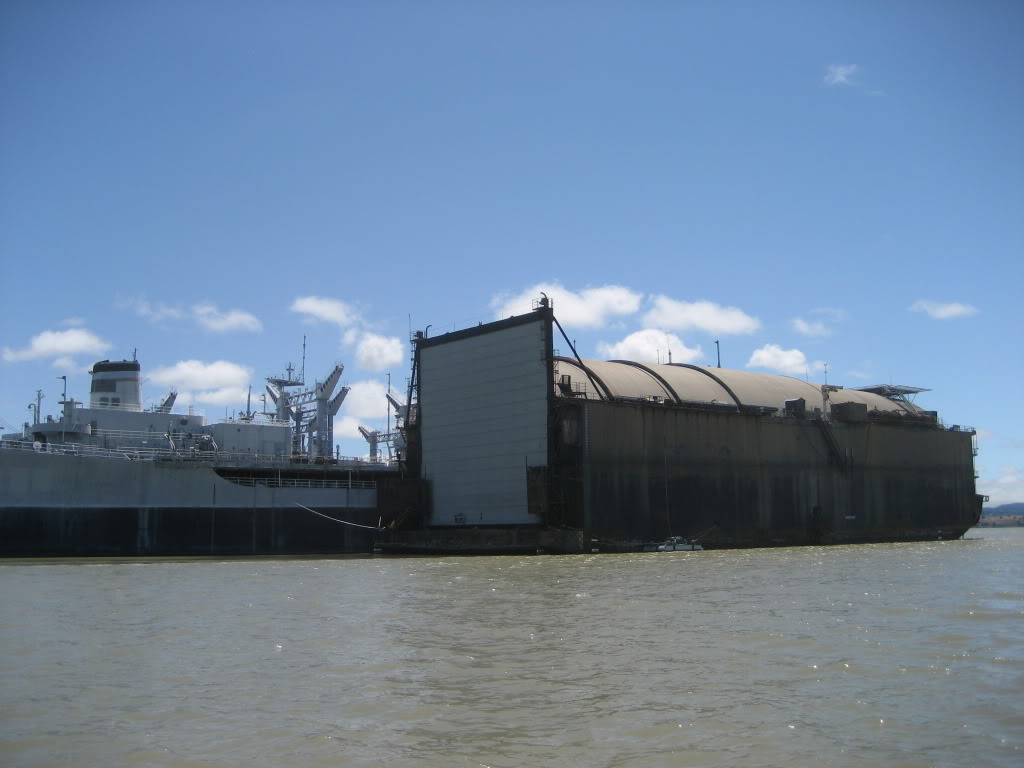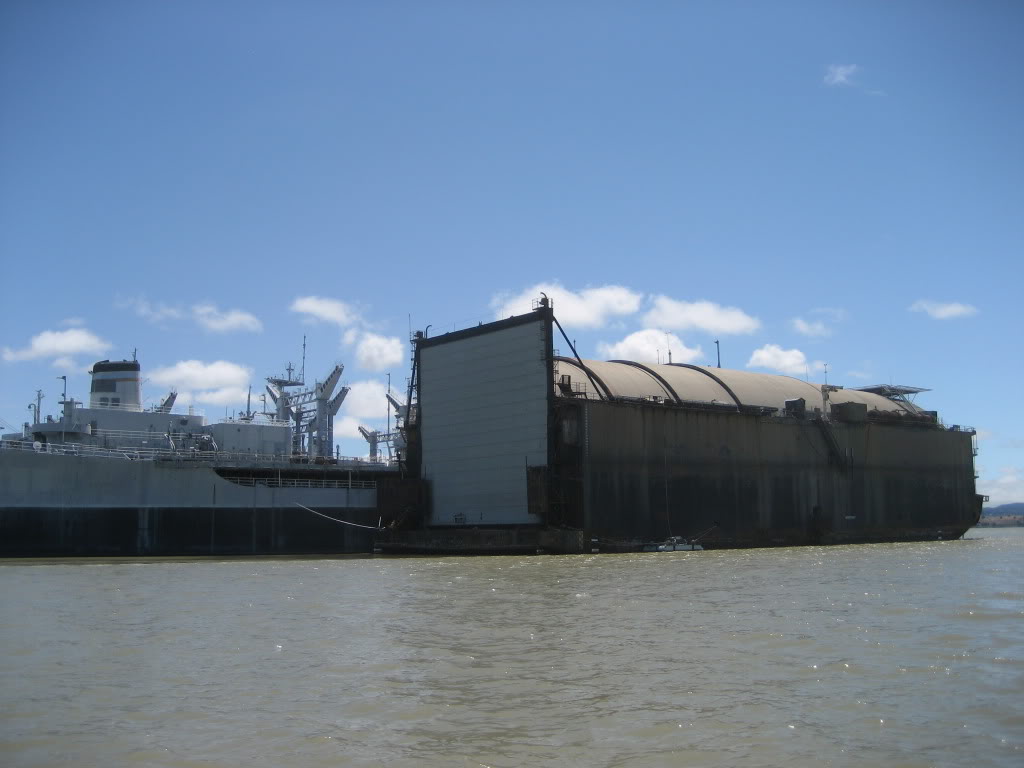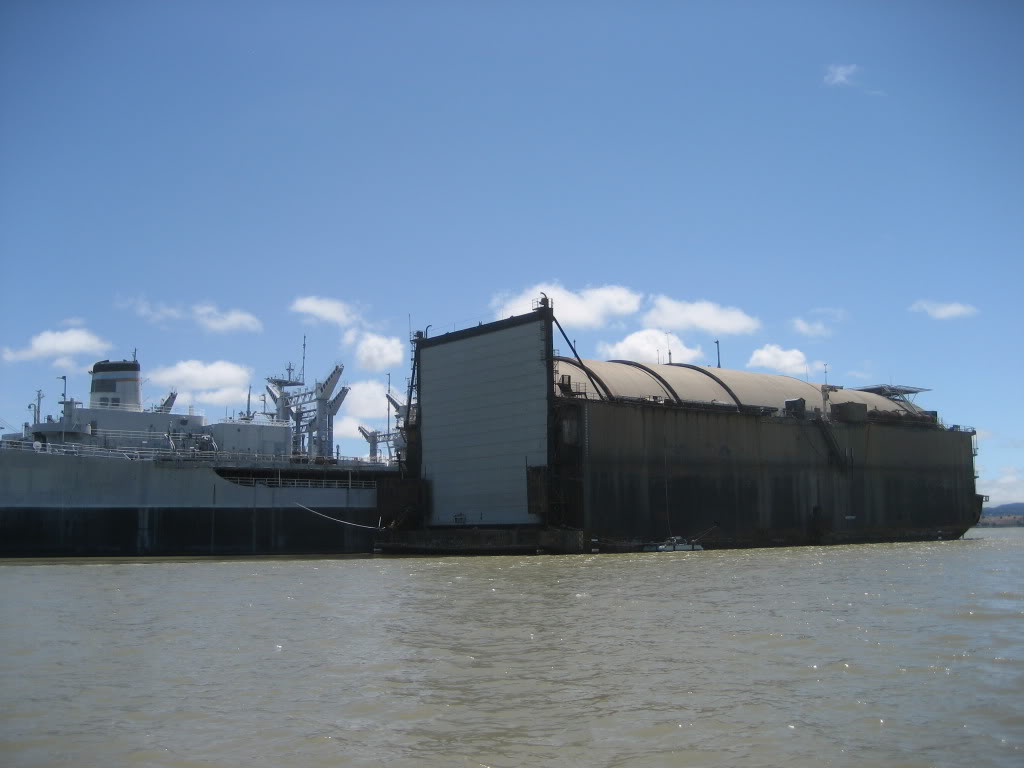RickB wrote:
Hawaiian sugar plantations are among the most productive in the world and their workers are among the highest paid and greatly exceeded minimum wage since way back in the 1960s.
Rick's right, this is sort of OTDE stuff but since it's here....* One of the issues in Hawaii was just that.* The cane and pineapple workers were (I recall my mother telling me in the 1960s when she was the equivelant of the public relations director for the City and County of Honlulu which is the whole island of Oahu) the highest paid agricultural workers in the US.* Perhaps they still are, I don't know.* But this was a signficant reason the big firms--- Dole and Delmonte for pineapple and the various sugar growers--- began looking elsewhere to grow their crops.
The 1960s saw the peak of sugar production in Hawaii--- it's been in steady decline since then.
I suspect one reason there is still some cane grown on Maui and Kauai is that to date*there is little other demand for the land, so it is still somewhat cost effective to grow cane there.* Also the industry has succeeded in enhancing the brand and image of "cane sugar" over the other kinds--- beet and corn syrup--- so perhaps the slightly higher price this enhanced branding commands also helps keep this last remnant of Hawaii's sugar industry alive.* Sort of like Wendy's and their "sea salt" french fries.
Another reason Hawaii's sugar industry continues to hang on is as Rick stated--- it's the most productive place in the world to grow cane.* Soil, water, and climate all combined to produce yields of 10 to 20 tons of sugar*per acre.* Also the growing season is two years, not one like most places, which reduces the amount of costly field work.
But, my friends in Hawaii*tell me, sugar's days in the islands are numbered, which would mean that wonderful old refinery in California's days are numbered, too, unless they also get raw sugar from other regions.* If production eventually ends I hope they will at least preserve the building.* It's a classic example of late 19th century- early 20th century industrial architecture.
*
-- Edited by Marin on Thursday 21st of July 2011 06:33:24 PM